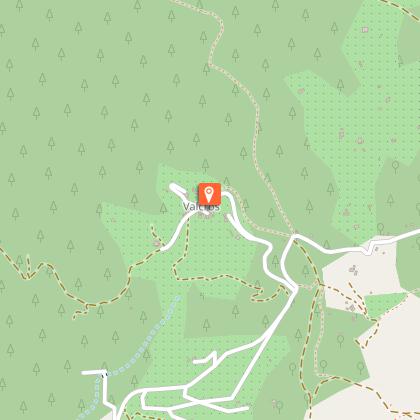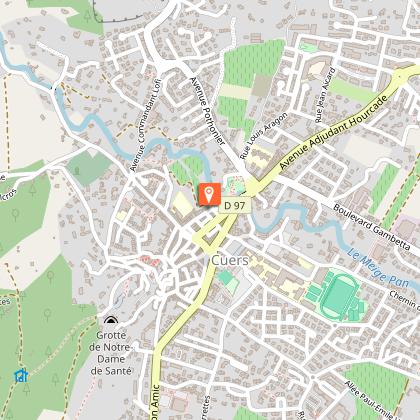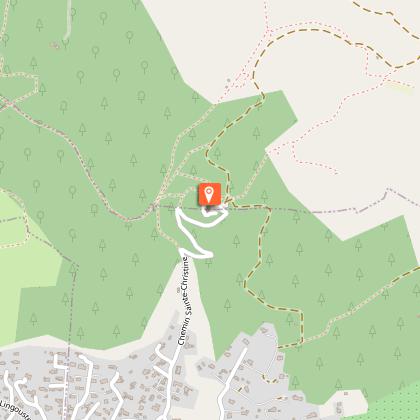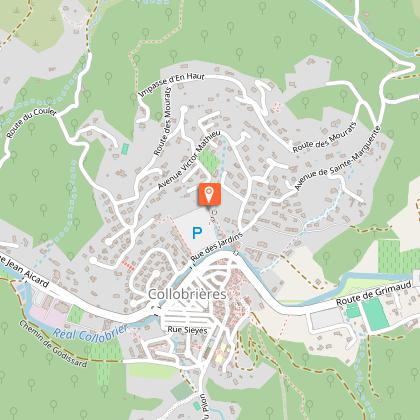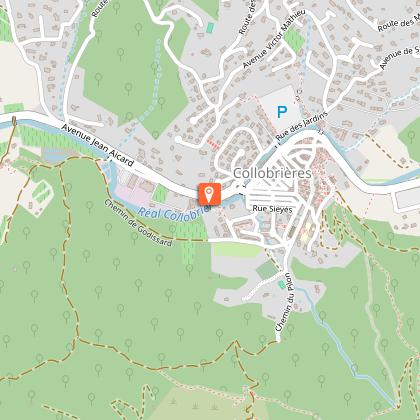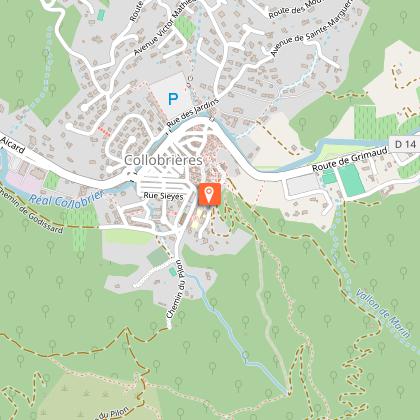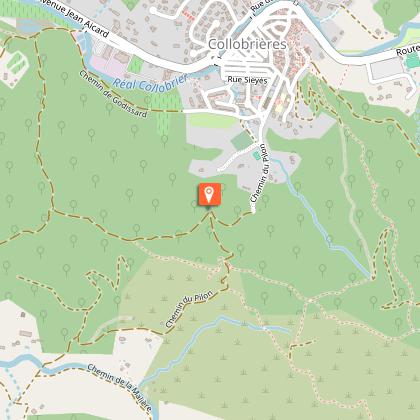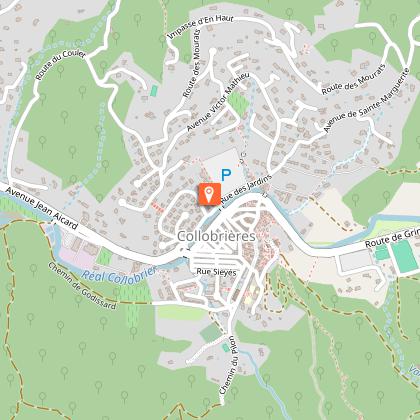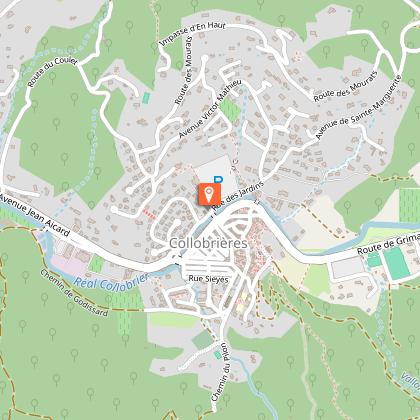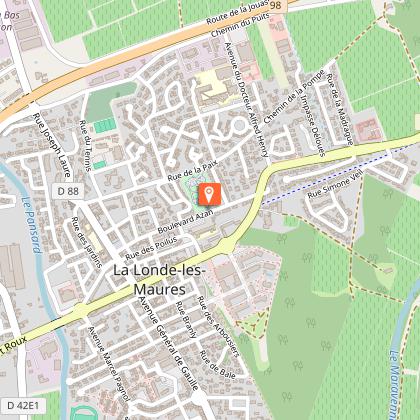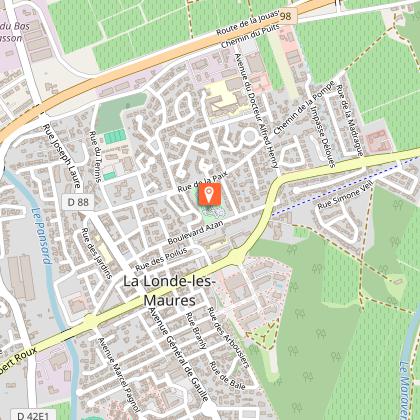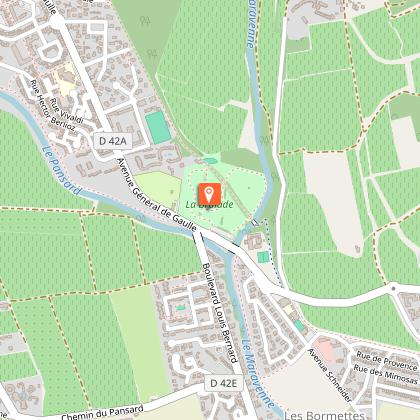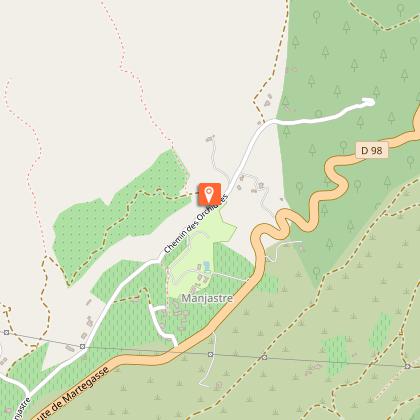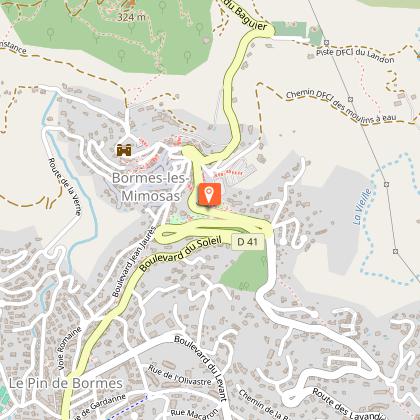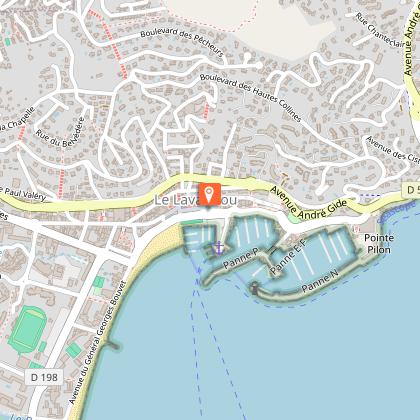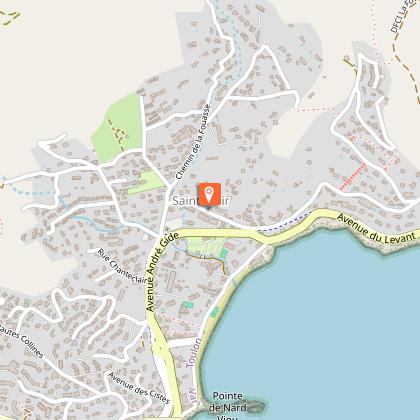Alert
Alerts
Tour 3: Once upon a time there were Trees, Plants and People
IGN cards
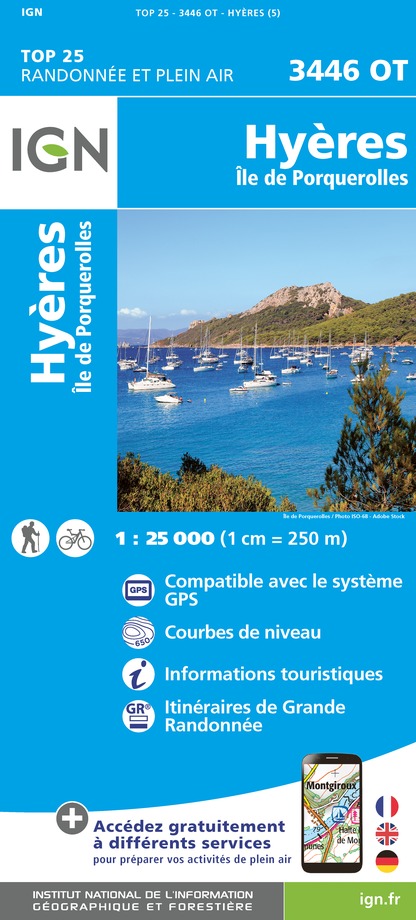




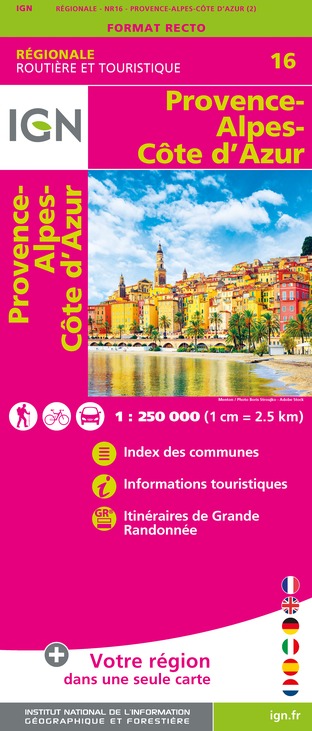
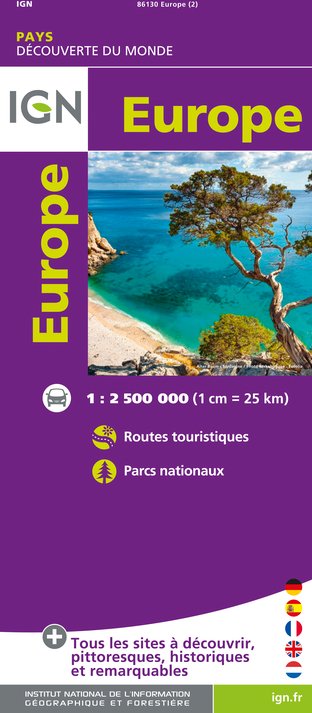
Description
On this tour, you'll discover a heritage of remarkable trees, natural areas, parks and gardens, buildings and skills linked to the use of plants, revealing just a few facets of the relationship between plants and man.
On this tour, you'll discover a heritage of remarkable trees, natural areas, parks and gardens, buildings and know-how linked to the use of plants, revealing just a few facets of the relationship between plants and mankind.
At a time when everything moves so fast, it's important to remember that there is another kind of time. It's a time for slowness, seasons, patience and respect for the environment in the name of serene growth. This is the time of trees and plants
Whether they are there by natural enchantment, or thanks to the hand of man, these living beings delight the eyes and awaken the hearts as a major element of local culture. While cherishing this resource, generations have managed to tame it, exploit it and develop their know-how.
At the heart of France's leading forestry department, the communes of Méditerranée Porte des Maures are bursting with plant species. Remarkable trees and gardens, parks and natural areas, know-how and traditions, built heritage - these are just some of the things you can get to know.
As a precious resource that is sometimes overlooked, a magical instrument for cleaning up pollution and the home of rich ecosystems, everyone today recognises the importance of preserving them. To better appreciate and protect these species, we need to recognise them.
> Cuers
Located at the western gateway to the crystalline Maures massif and the limestone massifs, and home to four Zones Naturelles d'Intérêt Écologique Faunistique et Floristique (Natural Areas of Ecological, Faunistic and Floristic Interest), Cuers has always been influenced by this plant environment. There is a strong link between its inhabitants, its topography and this highly varied vegetation. As far back as Antiquity, the Ligures set up their oppidum on the hills to protect themselves. Since then, the area's inhabitants have continued to live together in this way. The natural environment is conducive to a number of crops (cereals, tobacco, potatoes, hemp, flax, vines and olives) and gentle farming methods (bees, silkworms).
Collobrières
Nestling like a pearl in the heart of the crystalline Massif des Maures, the commune of Collobrières benefits from a mild Mediterranean climate, marked in particular by the presence of scrubland, cork oaks, hundred-year-old chestnut trees, arbutus and cades. The area around the village offers some remarkable walks, and is already revealing a wealth of biodiversity that will delight lovers of unspoilt nature, protected by a village that has been awarded 3 flowers under the "Villes et Villages Fleuris" (Towns and Villages in Bloom) label, as well as the "Village Nature 2 libellules - Territoire engagé pour la Nature" (Nature Village with 2 dragonflies - Territory committed to Nature) and "Villages de Caractère du Var" (Character Villages of the Var) labels.
Pierrefeu-du-Var
Due to its geographical location, Pierrefeu-du-Var benefits from a green setting that is ideal for hiking and discovering the flora and fauna of its waterways. Built on the first foothills of the Massif des Maures, it overlooks a vast, renowned wine-growing plain and wooded areas with typical Mediterranean scrubland vegetation, originally represented by white oak and cork oak. For many years, the link between nature and man has been an essential element in the economic development of the region, and this has been maintained to this day.
> La Londe les Maures
The part of the Maures massif that lies within the territory of Hyères was referred to as "forêts gastes" in the 17th century. The Norman origin of the name La Londe, "lund", means clearing, cleared forest. In order to exploit its resources and cultivate this land suitable for farming, man had to develop it. The first representatives of the commune, which was created in 1901, felt that "les Maures", which gained in value during the 19th century, deserved to add to its toponym. The latter is emblematic of the importance of the forest, which covers 75% of the territory, with wooded areas stretching right down to the seaside.
> Bormes les Mimosas
When you think of its name, you realise how important trees have always been to the village and its inhabitants. Bormes, classified as one of the "Most Beautiful Villages in France", is associated with an emblematic tree, the Mimosa, but its plant palette also includes remarkable trees and exotic species. In exchange for their care and respect, this forest and these trees have provided a living for entire families. At Bormes les Mimosas, mankind has come to realise that a close relationship with nature will bring him fulfilment, peace, fruitful exchanges and pleasures for the senses.
Le Lavandou
One flower, then two, then three... Le Lavandou's passion and the attentive care it lavishes on its environment and green spaces have gone to great lengths to create a bouquet of a thousand colours and a thousand scents... all the way to this coveted 4th flower, which honours the city of dolphins and whales with this exceptional label on the list of "Cities and Villages in Bloom in France". But as well as following the "Circuit des espaces fleuris" in the town centre, a visit to Le Lavandou also means taking a walk in the natural setting of the Saint-Clair terraces and discovering the many species in the resort.
Technical Information
Altimetric profile
Starting point
Points of interest
Additional information
Updated by
Office de tourisme intercommunal La Londe les Maures, Cuers, Collobrières, Pierrefeu du Var - 27/11/2025
www.mpmtourisme.com
Report a problem
Open period
All year round daily.
Contact
Phone : 04 94 01 53 10
Email : bienvenue@mpmtourisme.com
Website : https://www.mpmtourisme.com
Reception complements
Log on to www.cirkwi.com and browse our selection of remarkable vegetation sites. Take a different approach to visiting the communes and the Massif de Méditerranée Porte des Maures. In one go or in stages, you can easily put together your own nature trail.
